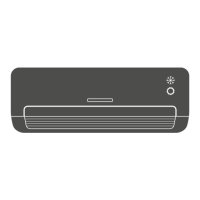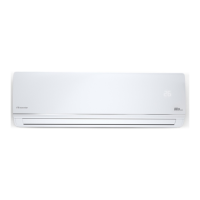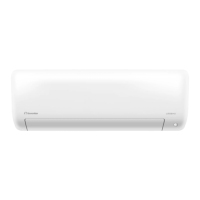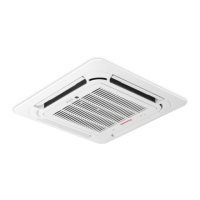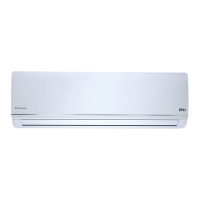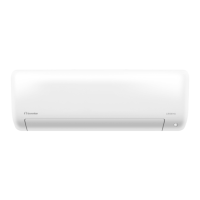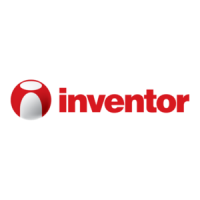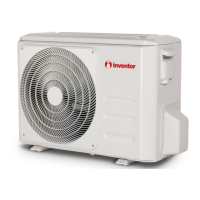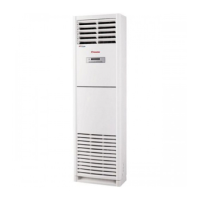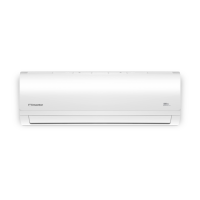
Do you have a question about the INVENTOR L5VO32-09 and is the answer not in the manual?
| Brand | INVENTOR |
|---|---|
| Model | L5VO32-09 |
| Category | Air Conditioner |
| Language | English |
Guides on choosing the optimal placement for the indoor unit.
Instructions for securely fixing the mounting plate to the wall.
Details on creating the necessary wall opening for pipes and cables.
Steps for preparing the refrigerant pipes before passing through the wall.
Guidance on connecting the drain hose for proper water drainage.
Instructions for connecting the signal cable between units.
Steps for bundling and insulating pipes and cables for protection.
Procedures for securely attaching the indoor unit to the mounting plate.
Criteria for choosing the appropriate site for the outdoor unit.
Instructions for installing the drain joint on the outdoor unit.
Steps for securely mounting the outdoor unit to the ground or bracket.
Guidance on connecting electrical wiring to the outdoor unit.
Proper techniques for cutting refrigerant pipes to the correct length.
Procedures for removing burrs from cut pipe ends for a good seal.
Essential steps for flaring pipe ends to ensure an airtight connection.
How to properly connect the refrigerant pipes between units.
Steps for removing air and moisture from the refrigerant circuit.
Information on calculating and adding refrigerant based on pipe length.
Verifying proper grounding and checking for electrical leakage.
Methods for detecting leaks in the refrigerant system.
Essential checks to perform before starting the unit's test run.
Step-by-step guide for performing the operational test run.
Re-verifying pipe connections for leaks during the test run.
Safety checks for the work area when handling refrigerants.
Guidelines for performing work procedures safely.
Instructions for maintaining a safe general work environment.
Using detectors to check for refrigerant presence in the atmosphere.
Ensuring appropriate fire extinguishing equipment is available.
Strict rules against using ignition sources near refrigerants.
Requirements for adequate ventilation during servicing.
Checks on refrigeration equipment components and specifications.
Safety checks and inspection procedures for electrical components.
Procedures for working on sealed components, including safety precautions.
Guidelines for repairing intrinsically safe components.
Checks for cabling integrity against environmental factors.
Prohibition of naked flames for detecting flammable refrigerants.
Acceptable methods for detecting refrigerant leaks.
Procedures for safe removal and evacuation of refrigerants.
Requirements for safely charging the system with refrigerant.
Procedures for safely decommissioning the unit and recovering refrigerant.
Requirements for labelling decommissioned equipment.
Best practices for safely recovering refrigerants from the system.
Guidelines for transporting, marking, and storing the unit.
